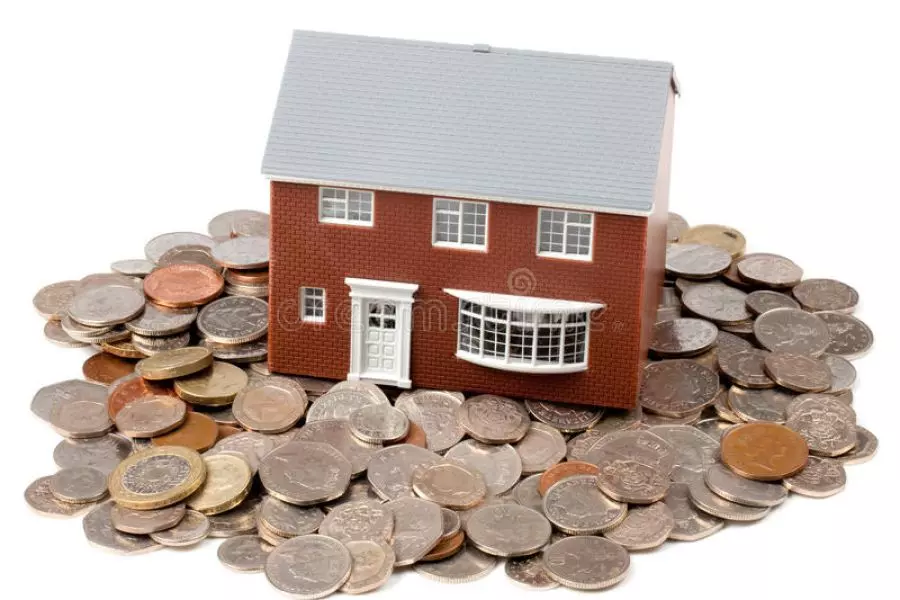
News
Making money the easy way

Tuesday 25th of May 2021
It is the highest level of profit on record and at the same time profit making sales between January and March reached 98.9% the highest in the 25-year history of CoreLogic’s data series.
Most of the gain was for homes that had been held for a long period, CoreLogic’s Pain and Gain Report revealed.
At the previous peak in mid-2007, the median resale ga...
Want to read the full article?
Click the button below to subscribe and will have unlimited access to full article and all other articles on the site.
2 min read





![[The Wrap] Bye Bye Bayly](https://goodreturns.publit.io/file/c_fill,w_900,h_600/39f23ac1-f7c7-4854-b700-a150004ebbac.webp)


